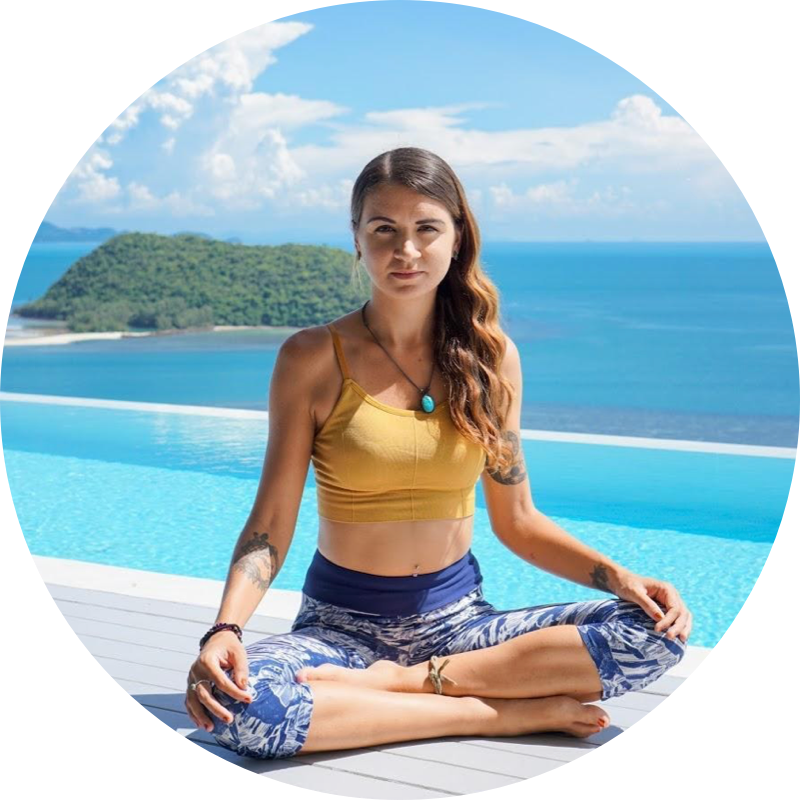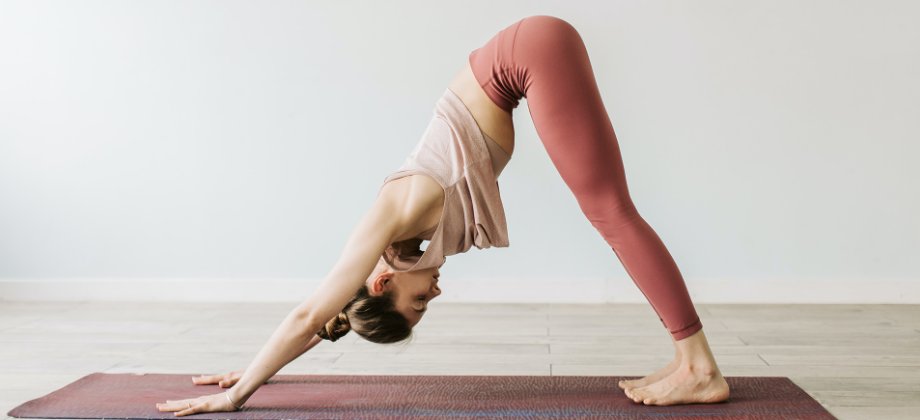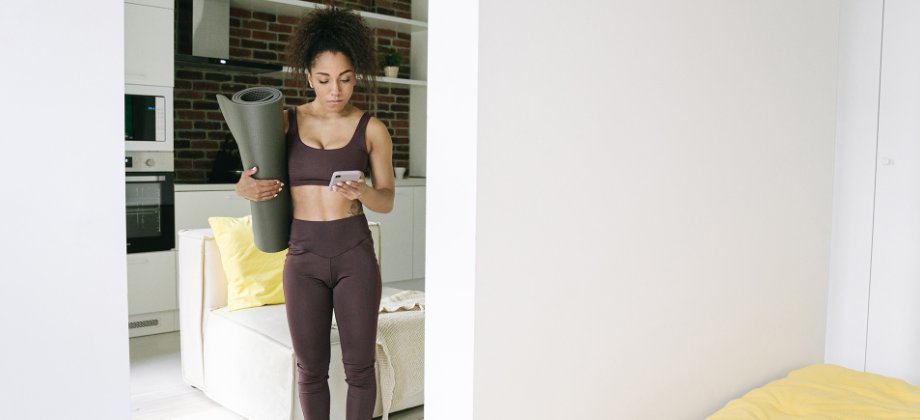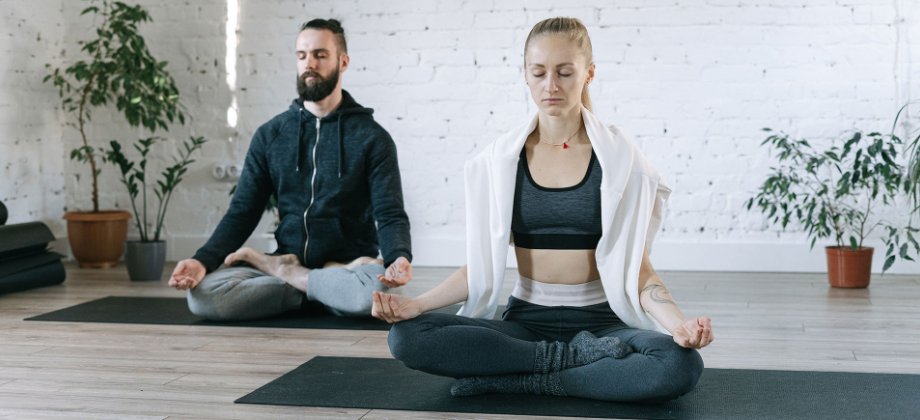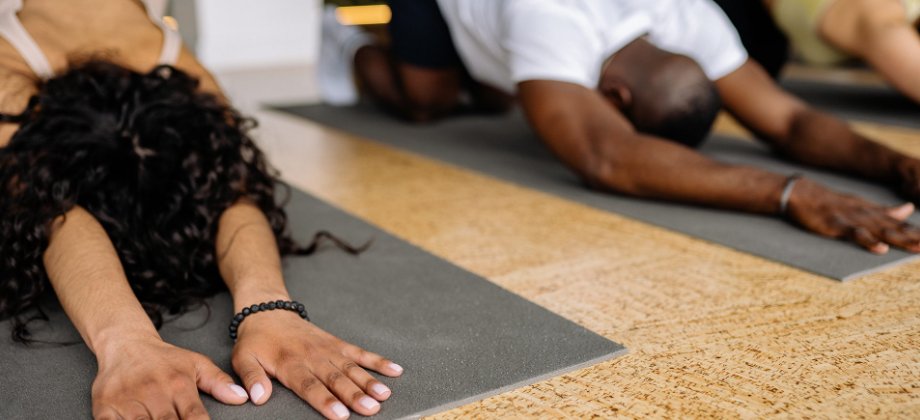
How To Prepare For Your First Yoga Teacher Training - 5 Tips To Acing Your YTT
So you've followed your heart, taken the leap, and enrolled in your first 200-hour yoga teacher training course; congrats! I remember the excitement and anticipation of this like it was yesterday. So to mark my fourth anniversary of becoming a yoga teacher, I'm sharing my top 5 tips for preparing for your first YTT.
A 200-hour yoga teacher training is jam-packed with knowledge on all things yoga. You'll learn everything, from sequencing lessons to where yoga came from to weaving all the different components together. Naturally, everyone feels overwhelmed during their YTT. Still, you can stay (relatively) calm and collected if you prepare well.
If you’re considering signing up to a YTT, read on the first of the two part series on everything you need to know about intensive YTT courses. The following tips will help you prepare for a successful yoga teacher training.
5 Tips For Yoga Teacher Training Success
Learn the basics of yogic philosophy
You are going to learn an overwhelming amount on your YTT. However, if you have a foundational understanding of some of the topics, you won't feel so overwhelmed.
Every yoga teacher training course features a module on yoga philosophy. However, how in-depth this is will depend on your particular training. Still, what you are guaranteed to learn about is the eight limbs of yoga.
If you've never heard of this before, I highly recommend you read a book or two on yoga philosophy. This way, when the teachers on the course start explaining it, you'll already know what they are talking about and, thus, will be able to take in more of the complex teachings.
Two books I studied before doing my first YTT and found highly beneficial were:
- Light on Yoga by B.K.S. Iyengar
- The Heart of Yoga by T. K. V. Desikachar.
Because yoga courses are so comprehensive, the more you already know, the easier it will be.
Cultivate a daily practice
If you're planning to do an intensive YTTC, you'll need to be prepared to practice asana twice a day for the duration of your course. Most foundational 200-hour yoga teacher courses are around 4 weeks long. That means for 4 weeks, you'll practice asana twice daily (except on your rest day each week).
Chances are, you're not currently practicing yoga this much. So, to reduce the physical fatigue you will experience during your course, I recommend you start building up your practice now.
Ideally, it's best to cultivate a daily practice but if you're currently only practicing once a week, start by increasing it to 3 or 4 times. Then, slowly build it up so that you have a daily practice by the time you begin your YTT.
Getting into the habit of daily practice will remove some of the intensity from your upcoming intensive YTT. And don't worry, you don't have to do vigorous 90-minute sessions daily; mix it up with gentler and short sessions.
Experiment with different styles and teachers
Yoga teacher training courses are traditionally focused on one style, such as Hatha. However, most modern-day yoga courses now cover brief introductions to other techniques, too. In addition, many YTTs have 2 or 3 teachers leading the TTC. Therefore, an excellent way to prepare is to get familiar with different styles of yoga and other teaching methods.
This is especially important if you have been practicing at the same studio with the same teachers for years. Why? Suppose you've decided to jet off to an exotic place to do an intensive YTT in paradise. In that case, the yoga teachers you encounter there will likely have a different teaching style from those you have been practicing with back home.
So take some time to try different studios, teachers, and class styles. This will open your mind and give you a broader knowledge of yoga teaching.
Add meditation and breathwork to your practice
Aside from the physical postures, your YTT course will likely include daily meditation and pranayama. So, if you're currently focusing on the asana side of yoga, I recommend introducing meditation and breathwork to your practice.
There are many styles of meditation, and you don't necessarily have to practice the same one you will do during your course. But as you may do hour-long meditations on your YTT, developing the practice of being present and connecting to your body and breath will be highly beneficial.
The same goes for breathwork. In your yoga course, you'll learn about the different pranayama techniques. So you can prepare for this by learning and practicing a few, such as Nadi Shodhana (alternate nostril breathing) and Kapalabhati (breath of fire).
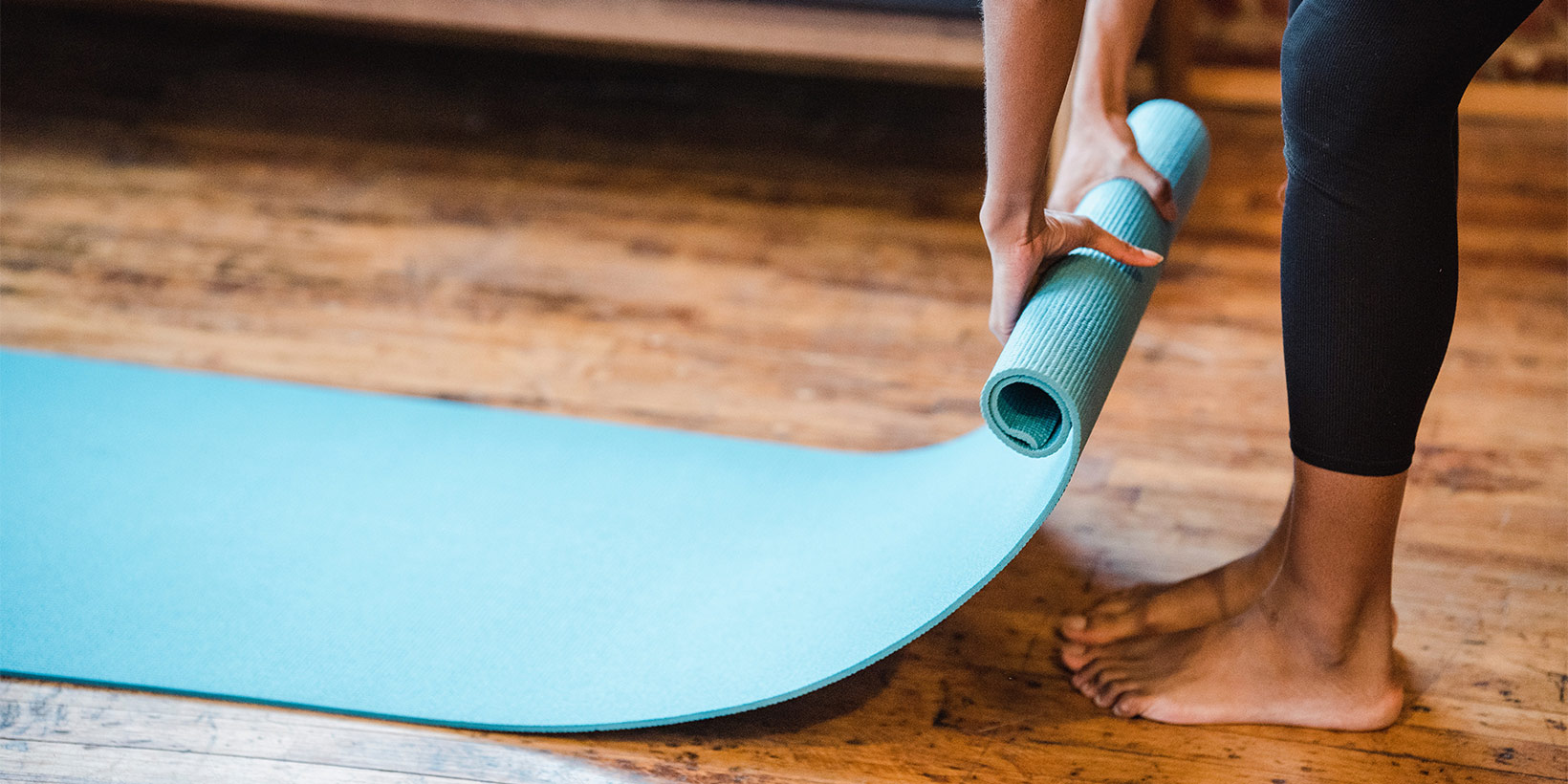
Learn some yoga sequences
A huge part of learning to teach yoga is teaching methodology, which covers how to plan and sequence classes. You can prepare for this by developing a basic understanding of the structure of a yoga session. So take some studio classes and observe the general flow of the session.
Notice the specific warm-up postures done at the beginning, the more challenging asanas in the middle of the class, and the cool-down postures you do just before savasana. As you become more aware of this, you'll notice patterns and be able to identify which poses you should do when.
If you want to go further, I recommend learning the sun salutations. These sequences are performed as a warm-up in Hatha, Ashtanga, and Vinyasa classes.
There are three different versions, the Hatha variation and Sun Salutations A & B, coming from the Ashtanga lineage. You will likely already be familiar with these, but you may not know the exact order of the postures. Many Youtube tutorials break down the sequence, and you'll find thorough explanations in many yoga books too.
I'm glad I learned the sun salutations before doing my YTT, as the first teaching exam was to instruct one round of this sequence!
Final thoughts
Your 200-hour YTT will feature long days of asana practice, lectures, and workshops. You'll learn everything from how to give adjustments to how to pronounce asana names in Sanskrit. Because yoga courses are so comprehensive, the more you already know, the easier it will be.
So if you want to get the most from your course, I highly suggest getting a head start by following the above tips. In the second article of this two-part series, we’ll discuss what to expect from a YTT.
